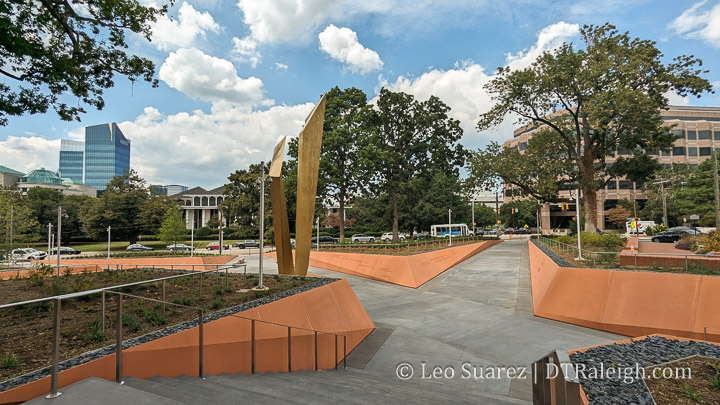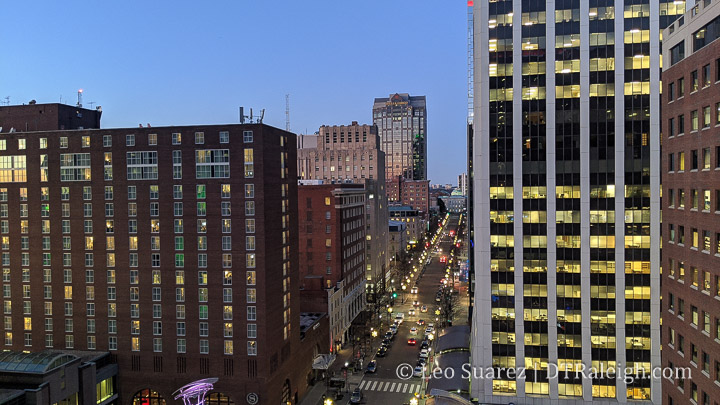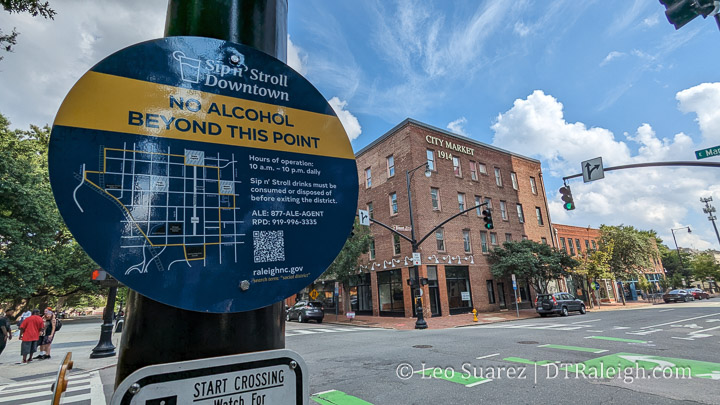
The city is making plans along Commerce Place and had it closed down for November’s First Friday to give citizens and visitors a light taste of what it could become in the future. They envision a more people-centered place where cars are either allowed as “guests” or restricted all-together.
Continue reading →




